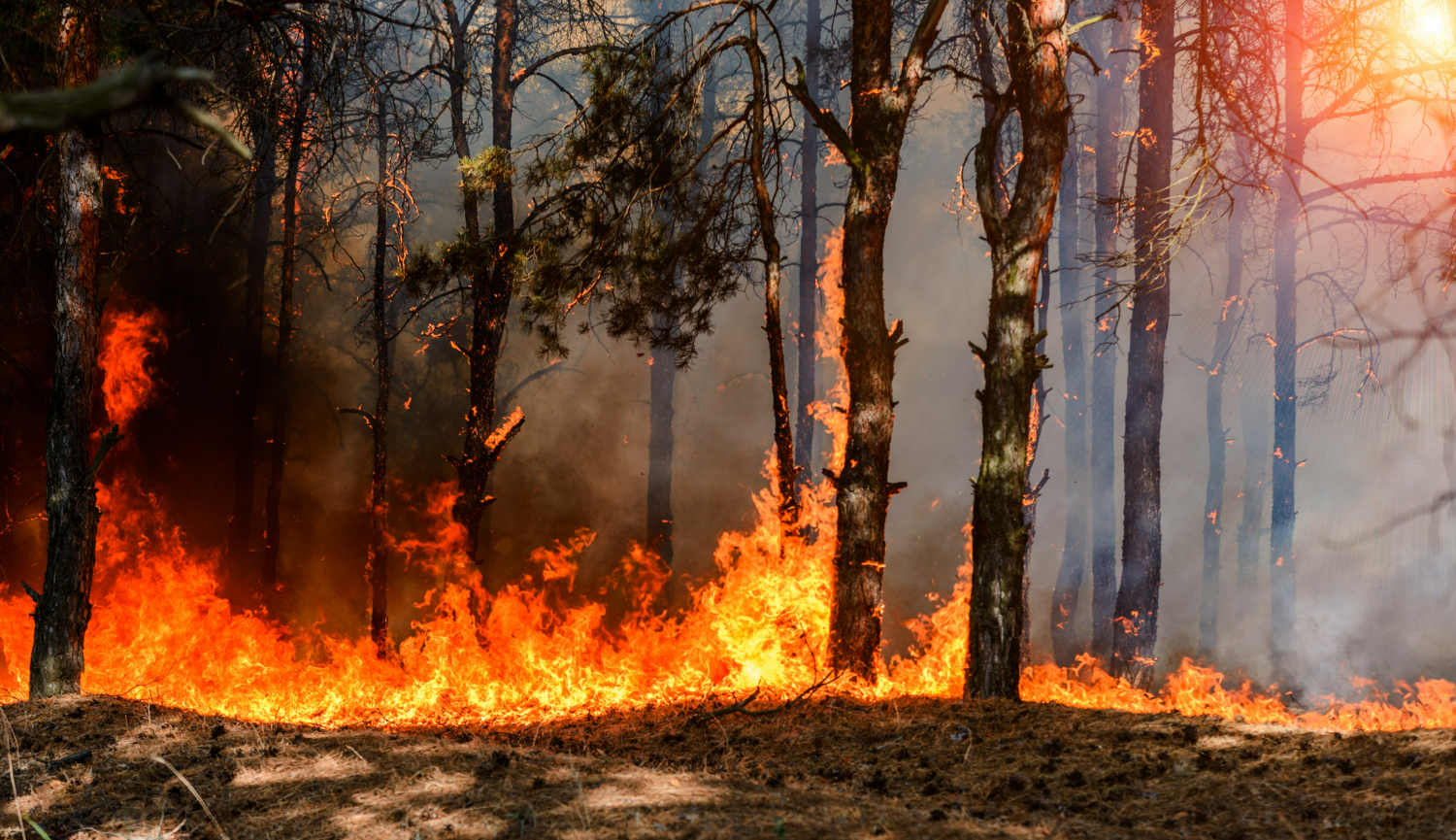The weather in the UK is getting more and more extreme — from heatwaves in the summer to flooding and storms in the winter months. But what does this mean for fires?
Using official government data, we can see that the UK’s annual mean temperature has increased by over 20%, from 7.77 degrees in 1884 (when records began) to 9.42 in 2022.
Met Office Scientist, Matthew Perry, recently published a study examining fire weather trends in the UK, deeming fire spread and wildfire to be “an emergent risk for the UK”. Perry went on to state,
“the UK could see overall more sustained severe fire danger throughout the year. This is likely to require considerable adaptation planning and policy measures, such as increased resources for fire and rescue services, and management of land to reduce the risk of ignitions and to reduce fuel availability in high-risk areas.”
Perry’s predictions correspond to recent figures too — with Fire and Rescue services attending over 360,000 wildfire incidents in England between 2009/10 to 2020/21 (averaging 30,000 incidents per year) – and in one weekend alone in 2021, Welsh emergency services handled over 500 calls about grass fires.
So, what needs to be done?
Perry’s report called for greater attention to be given to fire resources and planning — at a national, local, and individual level. It is also important that all fire types are placed higher on the priorities list, as hotter weather and heat waves increase the risk of fires in buildings. This can involve better fire risk assessment planning and investing in passive fire protection products to mitigate the damage caused by fires should they start.
Want more fire safety trends and insights? Keep up with the Fire Seals Direct advice centre.
—
Fire Seals Direct is a fire safety business with family beginnings and over 40 years of fire safety experience, selling a vast portfolio of fire door hardware and passive fire protection products from well-known and trusted brands to the trade.


